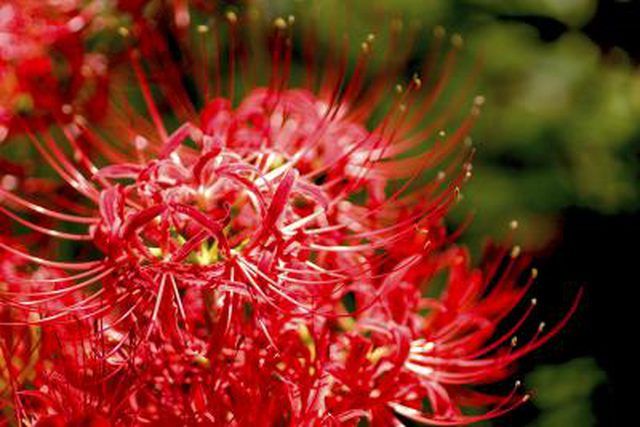Bulbs
Flower Basics
Flower Beds & Specialty Gardens
Flower Garden
Garden Furniture
Garden Gnomes
Garden Seeds
Garden Sheds
Garden Statues
Garden Tools & Supplies
Gardening Basics
Green & Organic
Groundcovers & Vines
Growing Annuals
Growing Basil
Growing Beans
Growing Berries
Growing Blueberries
Growing Cactus
Growing Corn
Growing Cotton
Growing Edibles
Growing Flowers
Growing Garlic
Growing Grapes
Growing Grass
Growing Herbs
Growing Jasmine
Growing Mint
Growing Mushrooms
Orchids
Growing Peanuts
Growing Perennials
Growing Plants
Growing Rosemary
Growing Roses
Growing Strawberries
Growing Sunflowers
Growing Thyme
Growing Tomatoes
Growing Tulips
Growing Vegetables
Herb Basics
Herb Garden
Indoor Growing
Landscaping Basics
Landscaping Patios
Landscaping Plants
Landscaping Shrubs
Landscaping Trees
Landscaping Walks & Pathways
Lawn Basics
Lawn Maintenance
Lawn Mowers
Lawn Ornaments
Lawn Planting
Lawn Tools
Outdoor Growing
Overall Landscape Planning
Pests, Weeds & Problems
Plant Basics
Rock Garden
Rose Garden
Shrubs
Soil
Specialty Gardens
Trees
Vegetable Garden
Yard Maintenance
What Is the Difference Between Perfect & Imperfect Flowers?
What Is the Difference Between Perfect & Imperfect Flowers?. Flowers grow in a variety of shapes, sizes and scents. All flowers, however, have just one function—to help a plant reproduce itself. Whether a flower is "perfect" has nothing to do with its beauty.
Flowers grow in a variety of shapes, sizes and scents. All flowers, however, have just one function—to help a plant reproduce itself. Whether a flower is "perfect" has nothing to do with its beauty.

Most flowers have both male and female reproductive organs. The stamen is the male reproductive part; the pistil is the female reproductive part. Flowers that contain a functioning male part and a functioning female part are referred to by botanists as "perfect."

According to the University of Illinois College of Agricultural, Consumer and Environmental Sciences, common perfect flowers include those of tomatoes, morning glories, snapdragons, petunias, lilies and irises.

Botanists call flowers that contain only one sex organ "imperfect." If the stamen is missing, or under-developed, the flower is considered female. Such flowers are also called pistillate flowers because they have a developed, working pistil but lack a functioning stamen. Those flowers containing only a working stamen are called male, or staminate flowers.

Among imperfect flowers, both pistillate and staminate flowers may grow on the same plant, or the staminate flower may be on one plant and the pistillate flower on another. The University of Illinois website lists squash, corn, clematis and begonias as species with pistillate and staminate flowers on the same plant. Species with staminate flowers on one plant and pistillate flowers on another include asparagus, spinach, willow and cottonwood.
